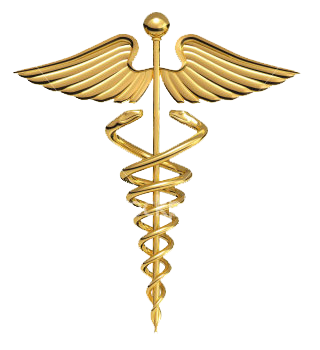
A team of scientists has looked back over decades of discovery to conclude that it can take dozens of years, even a century, for cumulative research to lead to a cure for a single disease.
The finding is disheartening given the current U.S. government underfunding of the basic science needed to investigate diseases, said a team led by Dr R. Sanders Williams, president of the San Francisco-based Gladstone Institutes, a biomedical research organisation.
The dream word is 'cure'
"As shown by our analysis, new treatments depend upon a broad base of scientific knowledge plus special contributions from a few exceptional scientists," Williams said in an institute news release.
For anyone suffering from an illness, the dream word is "cure". True cures for disease remain rare, though. But, in the new study the Gladstone team traced the long investigative paths linking generations of scientists toward two recently developed drugs that can sometimes be curative.
Read: Stem cell bank aims to speed drug development
One is ipilimumab (Yervoy), which fights certain forms of cancer, and the other is ivacaftor (Kalydeco), which was approved in 2012 and has been hailed as a "wonder drug" against certain forms of cystic fibrosis.
Working backwards through the published medical literature, Williams' team looked at the step-by-step advances that were necessary to lead to the development of these two drugs.
According to the new analysis, more than 7,000 researchers from 5,700 different institutions, working in succession over 100 years, were needed to develop the cancer drug ipilimumab.
The birth of the cystic fibrosis drug was only somewhat less tough: 2,900 scientists with ties to 2,500 different institutions, labouring for 60 years.
Many unsolved diseases
The bottom line, according to Gladstone study co-author Alexander Pico: "It takes contributions from a surprisingly large and complex network of individual scientists working in many locales to reach a cure."
The focus now shouldbe to glean lessons from those scientific journeys and shorten the time it takes to achieve breakthrough medical discoveries, the researchers said.
One key point: Looking over the timelines, the Gladstone team was able to highlight certain scientists who accelerated the journey to a cure – people they labelled "elite performers". Understanding and emulating certain qualities in these types of researchers might help inform today's scientists and speed the discovery process, Williams' team said.
Read: New kind of trial will speed cancer drug development
"The ultimate goal of this work is to find ways to accelerate progress towards future cures for cruel diseases that remain unsolved: Alzheimer's disease, Parkinson's disease, heart failure, deadly viruses, diabetes, many cancers and others," Williams said.
The study was published in the journal Cell.
Read more:
Why there's no cure for the common cold




 Publications
Publications
 Partners
Partners











